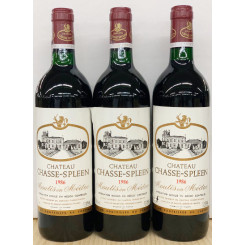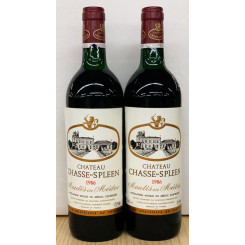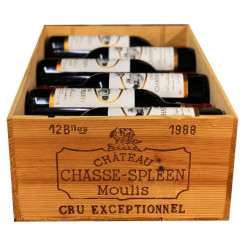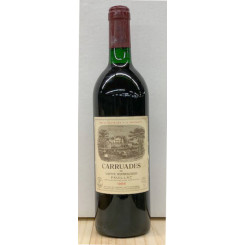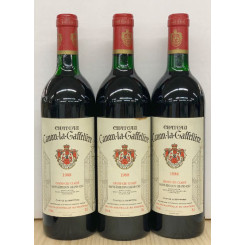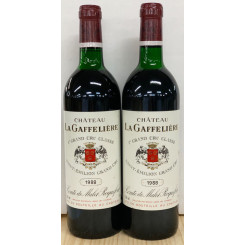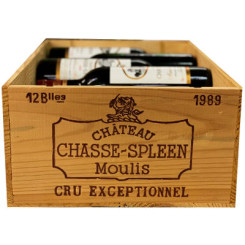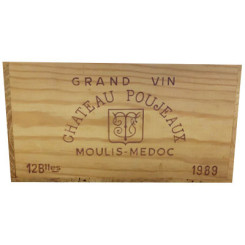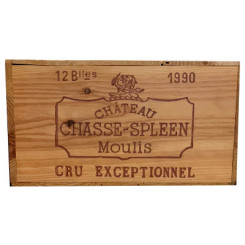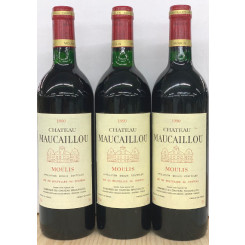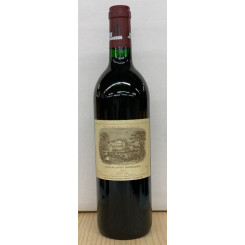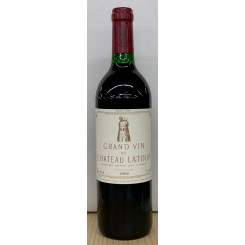Bordeaux
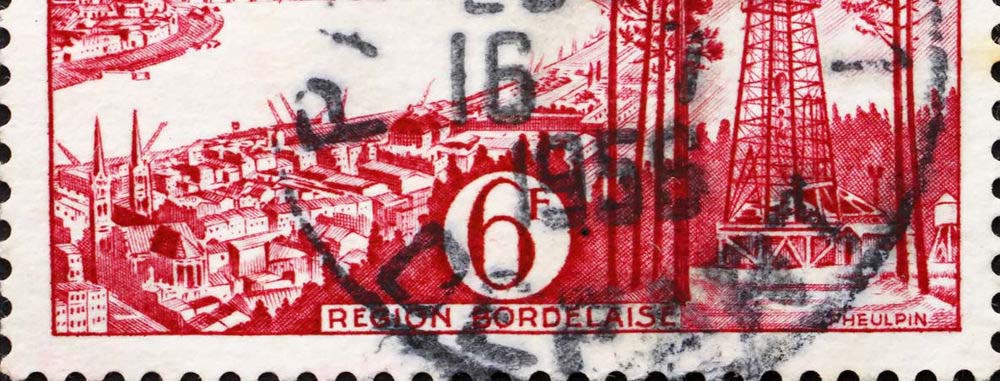
Quality Hierarchy in Bordeaux
The appellation or registered district name (Margaux) is most strictly observed, then the locality (Medoc), then the entire area (AOC Bordeaux).
The oldest classification was used for the Bordeaux wines of the Medoc in 1855 during the World Exhibition in Paris. The main criterion for the individual classification was the price a chateau had managed to realise over a period of many years. 62 Cru Classé wines were classified in 5 qualities – from Premier Cru to Cinquième Cru Classé. This strict classification was first altered in 1973 when Chateau Mouton-Rothschild was awarded the rank of a Premier Cru.
It was also in 1855 when the classification for high grade sweet white wines from Sauternes and Barsac was introduced. Here there are three classifications, led by d'Yquem. Since 1932, smaller chateaux in the Medoc have been classified as Cru Bourgeois. Following a number of new regulations, there are now 3 quality hierarchies within the Cru Bourgeois wine-growing estates. The quality pyramid consists of 9 Cru Bourgois Exceptionnels, 87 Cru Bourgois Supérieur and 151 Cru Bourgois. There has only been an official classification for the wines from the St. Emilion region since 1955, and this is roughly divided into Premier Grand Cru Classé and Grand Cru Classé. It is not as strict as that of the Medoc region and is revised every 10 years. The current classification is from 2012.
For the Graves region there is a rather unimportant classification for 8 white wines and 13 red wines. This is demonstrated by the Haut-Brion, the flagship of the region, which is listed in the Medoc classification. Despite the outstanding quality of many of the wine-growing estates, there is absolutely no official classification for the registered name Pomerol.
Top Quality Bordeaux
What is the difference between a good and an absolutely top grade chateau?
For the birth of one of the great Bordeaux wines – apart from a favourable climate and unusual terroir – it is mandatory to have a very strict reduction in yield (max. 45hl/hectare) and restrictive selection. In addition, for the "Grand Vin" only grapes from older vines are eligible. On the one hand, old vines have deeper roots and on the other hand their smaller grapes have much more concentrated juice. One other important component on a wine estate is choosing the optimal moment to harvest the grapes.
Once the grapes have finally been harvested, the art and experience of the master vintner come into their own during the preparation and treatment of Bordeaux wines. Top chateaux have the most modern technological cellar equipment at their disposal. Only new barrique barrels (2251) are used for maturing the wine.
Grape variety
A Bordeaux wine always consists of a number of different kinds of grapes whose various characteristics complement each other in the so-called assemblage. The Cabernet Sauvignon grape predominating in Medoc gives the wine its concentration, storability and tannin structure. The Merlot grape, on the other hand, ripens faster and is milder and softer. In the Medoc region it is the ideal complement to Cabernet Sauvignon. Cabernet Franc is grown mainly in St. Emillion and Pomerol where it gives the wine a certain racy and complex flavour. As it ripens later, Petit Verdot is only grown sporadically in Medoc nowadays.
Wine Region
The Bordeaux wine region lies between the Garonne and Dordogne rivers and their mutual estuary, the Gironde. The area is strongly influenced by the damp sea climate. The favourable climatic conditions and the unique terroir, which often varies from chateau to chateau, are the natural pre-conditions for the distinctive characteristics and fascination of the wine from the Bordeaux region. In the terroir there is often a high gravel content which provides natural drainage and also enables the roots to find their way into deeper layers of soil in their search for nutrition.
Second Label (Second Growth) Wines
Due to the very strict selection of grapes, a considerable part of the total Bordeaux harvest lands in the second growth wine. At Leoville-Las-Cases, for instance, only about 30% of the grapes go into the "Grand Vin". However, second growth wine it is not made from just halfway acceptable left-overs from the main harvest but from high grade grapes which are vinified with just the same care and attention as the other wines. The grapes come to a great extent from younger vines on other plots of land.
One indication of this is that some second label wines are of absolutely the same quality as a Cru Classé and contribute in no small degree to the good image of the chateau concerned.
-
Chateau Chasse Spleen 1986
€58.50Inhalt: 0.75 l (= €78.00 / 1 l)
Difference taxation, excl. Shipping Cost -
Chateau Chasse Spleen 1986 (Füllstand)
€54.50Inhalt: 0.75 l (= €72.67 / 1 l)
Difference taxation, excl. Shipping Cost -
Chateau Chasse Spleen 1988
€49.50Inhalt: 0.75 l (= €66.00 / 1 l)
Difference taxation, excl. Shipping Cost
-
Carruades de Lafite 1988
€195.00Inhalt: 0.75 l (= €260.00 / 1 l)
Difference taxation, excl. Shipping Cost -
Chateau Canon la Gaffelière 1988
€79.50Inhalt: 0.75 l (= €106.00 / 1 l)
Difference taxation, excl. Shipping Cost -
Chateau La Gaffelière 1988
€65.00Inhalt: 0.75 l (= €86.67 / 1 l)
Difference taxation, excl. Shipping Cost
-
Chateau Chasse Spleen 1989
€59.50Inhalt: 0.75 l (= €79.33 / 1 l)
Difference taxation, excl. Shipping Cost -
Chateau Poujeaux 1989
€45.00Inhalt: 0.75 l (= €60.00 / 1 l)
Difference taxation, excl. Shipping Cost -
Chateau Chasse Spleen 1990
€58.50Inhalt: 0.75 l (= €78.00 / 1 l)
Difference taxation, excl. Shipping Cost
-
Chateau Maucaillou 1990
€31.50Inhalt: 0.75 l (= €42.00 / 1 l)
Difference taxation, excl. Shipping Cost -
Chateau Lafite-Rothschild 1992
€450.00Inhalt: 0.75 l (= €600.00 / 1 l)
Difference taxation, excl. Shipping Cost -
Chateau Latour 1992
€365.00Inhalt: 0.75 l (= €486.67 / 1 l)
Difference taxation, excl. Shipping Cost






